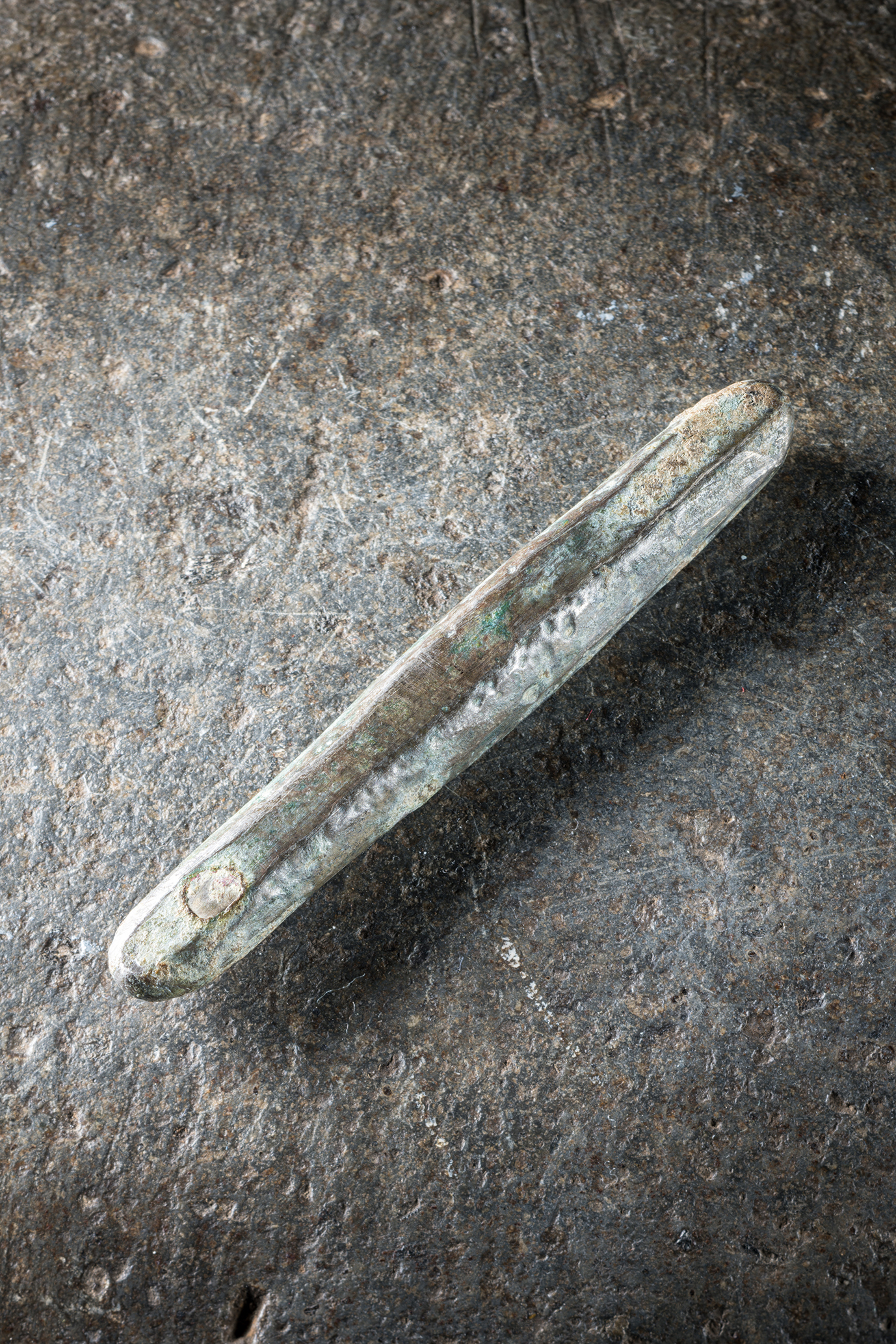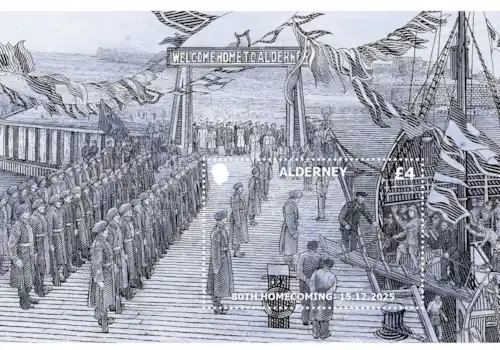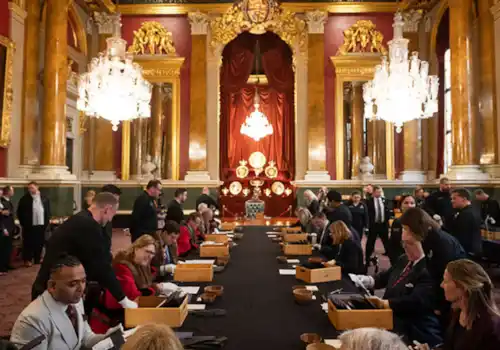18 July 2024
|
A Viking Age silver ingot, which was discovered on the Isle of Man has been declared treasure by the Isle of Man’s coroner of inquests.
The ingot, which is over 1,000 years old and weighs 10.53g, was discovered uncut by metal detectorist, John Smart on the Isle of Man. Similar ingots have been found in Viking hoards on the Isle of Man, this particular ingot has been found whole but many are found cut. A cut ingot indicates that it’s the remains of a financial transaction. Scientific analysis of the discovered ingot showed that it had a silver content of over 88%.
Related article: Record-breaking year for coin finds

Above: The Viking Age ingot was discovered by John Smart on the Isle of Man
What makes the ingot treasure?
On the Isle of Man there is a legal requirement to report any archeological findings on the Isle of Man to Manx National Heritage. If the find falls under the categories outlined by the Treasure Act 2017, which include being of significance for the study of Manx art, learning or history, it must also be reported to the Coroner of Inquests. The Coroner of Inquests will then determine if the find can be declared treasure.
Related article: Viking coins seized by police described as 'nationally important'

Above: The ingot was discovered uncut and analysis showed it has a silver content of 88%
Ingots and the Viking Age on the Isle of Man
During the Viking Age, silver ingots like the one discovered on the Isle of Man, were parts of a dual economy and could be used as a form of payment for goods in the place of silver coins. During this time, copper and lead were also used in ingots and in this case, the ingot showed signs it may have had a low silver content, which led to scientific analysis being carried out to determine if it could be classed as treasure.
Allison Fox, Manx National Heritage curator for archaeology said: ‘Ingots like this were used in the Viking world for trade. The ingots were weighed and tested to make sure of their silver content, and they were used in part or in whole to buy whatever a Viking needed. It was a cross-border currency. During the later Viking Age, ingots were used alongside coinage. This ingot may only be a small artefact, but put into context, it helps illustrate how the Isle of Man was a part of the international Viking trade network 1,000 years ago, including how the Viking economy operated and where on the island trade was taking place.’
Related article: A beginner’s guide to collecting Viking coins
More Viking Age silver has been found per square kilometre on the Isle of Man than England, Wales, Scotland and Ireland. The ingot is on display in the Viking Medieval Gallery at the Manx Museum in Douglas on the Isle of Man.







